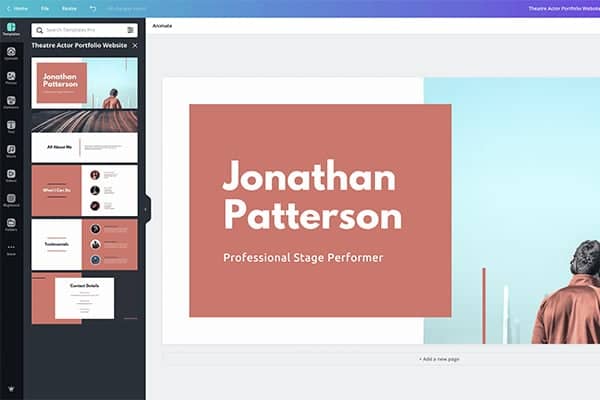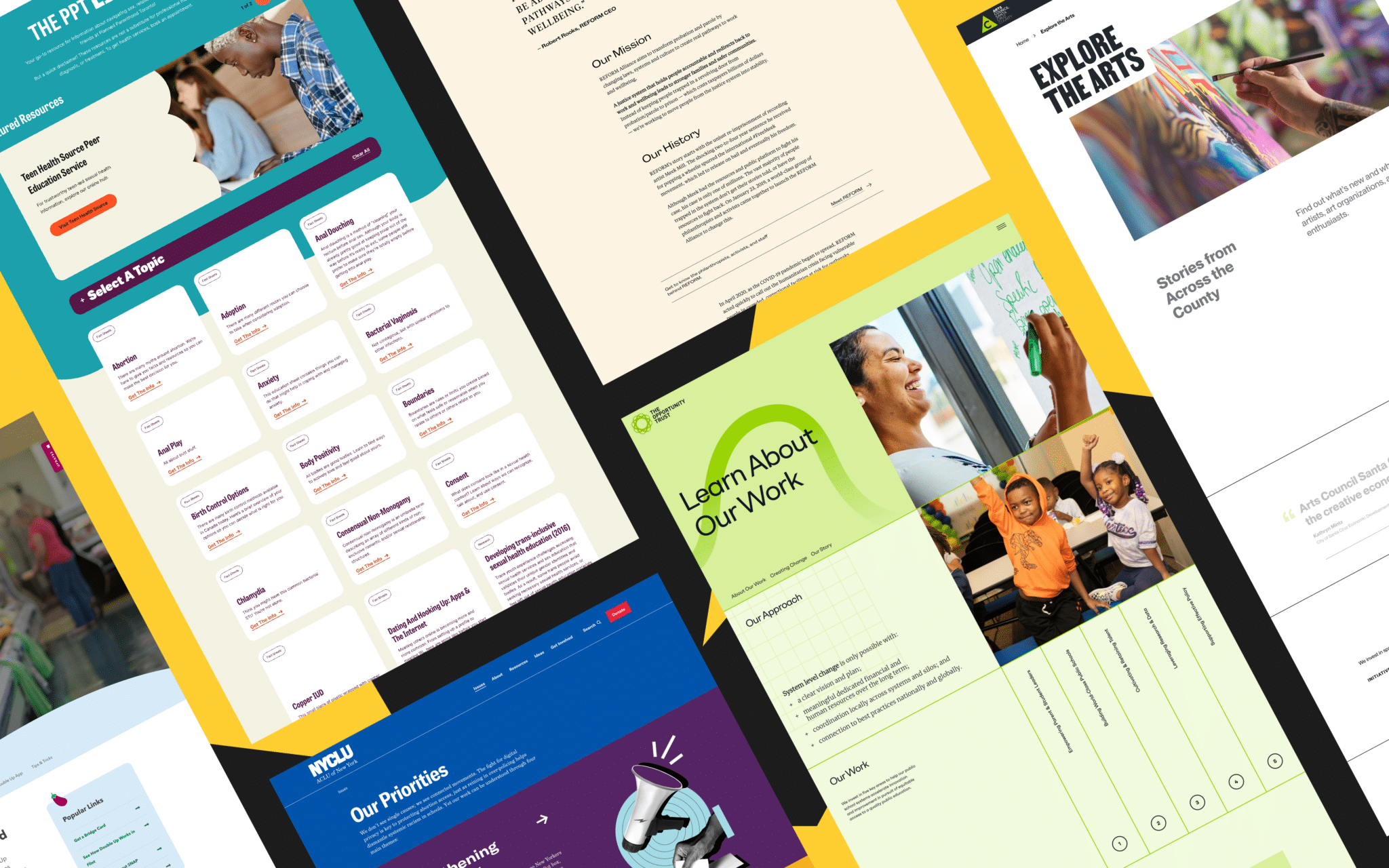Achieve Online Success With User-Friendly Website Layout
In the increasingly competitive digital landscape, the style of a website can be a crucial consider identifying a service's success. Straightforward layout not only enhances the overall customer experience but also influences essential metrics such as retention, involvement, and conversion prices. By focusing on instinctive navigation and availability, organizations can foster a more inclusive atmosphere that attract a more comprehensive target market. Understanding the certain principles and attributes that contribute to reliable design calls for a better examination of present patterns and finest methods, which can expose chances for considerable improvement.
Value of User Experience
Customer experience (UX) plays a pivotal function in the success of a web site, as it straight affects individual satisfaction and interaction. A favorable UX guarantees that site visitors can navigate the website effortlessly, gain access to information quickly, and complete preferred activities, such as signing or making a purchase up for a newsletter, without frustration.
In a digital landscape where competitors is tough, a website that focuses on UX can significantly improve brand name commitment and retention. Individuals are more probable to return to a website that offers a seamless experience, creating a cycle of repeat gos to and raised consumer lifetime worth. Moreover, reliable UX style can minimize bounce prices, as individuals are less inclined to leave a site that fulfills their needs effectively.
In addition, search engines significantly take into consideration user experience variables when ranking internet sites. Therefore, spending in user experience is vital for achieving lasting success in the electronic industry.
Trick Principles of User-Friendly Style
An effective straightforward layout hinges on several crucial concepts that enhance usability and accessibility. Is simpleness; a clutter-free user interface makes it possible for customers to navigate easily, decreasing cognitive tons. This concept stresses the relevance of succinct and clear content, allowing individuals to discover details rapidly without unnecessary interruptions.
Uniformity is another vital element. Consistent use of designs, colors, and typefaces cultivates experience and builds trust. Users must feel comfortable as they explore various areas of the web site, knowing that similar components symbolize relevant functionalities.
Efficient typography additionally plays a critical function in easy to use layout. Clear font styles, suitable sizes, and appropriate spacing guarantee that material is easily legible throughout different tools. Incorporating user-friendly aesthetic pecking orders aids users recognize essential information and actions at a glimpse.

Essential Attributes for Navigating
Effective navigating is critical for any kind of straightforward site, as it directly influences the general customer experience. A well-structured navigating system allows customers to locate information promptly and successfully, reducing stress and enhancing interaction.
One important attribute is a clear and intuitive menu that classifies web content realistically - website design copyright. This food selection must be easily available from every web page, typically positioned at the leading or on the side of the internet site. In addition, including breadcrumb navigating aids customers comprehend their area within the site power structure and makes it less complicated to backtrack
Browse functionality is another essential element, allowing customers to find certain web content without looking via multiple web pages. This feature ought to be prominently displayed and receptive to variations in input.
Additionally, a mobile-responsive design ensures that navigation stays seamless across tools. As mobile use remains to rise, menus look at this now must adjust to different display dimensions without jeopardizing performance.
Finally, visual hints such as highlighting the active web page and using hover effects can boost customer communication. By integrating these crucial attributes, web site designers can develop a navigational experience that is not only easy to use yet likewise urges exploration and retention.
Ease Of Access Factors To Consider
Access factors to consider are integral to developing an user-friendly web site that deals with all people, regardless of their specials needs or abilities (website design copyright). Web sites must be made to ensure that individuals with visual, auditory, cognitive, or electric motor impairments can engage with material successfully. This starts with adherence to the Internet Web Content Accessibility Guidelines (WCAG), which give a framework for making electronic web content more accessible
Key techniques consist of using descriptive alternate message for photos, guaranteeing shade comparison ratios satisfy access requirements, and supplying subtitles for multimedia components. Furthermore, the navigation needs to be intuitive, permitting users to tab with web links and interactive elements quickly. Executing keyboard navigation is critical for those unable to make use of a mouse.
Furthermore, succinct and clear language enhances understanding for users with cognitive limitations. Kinds must be simple, with tags and instructions that are understandable. Regular access testing, including user feedback from people with impairments, can assist enhance and identify obstacles use.
Determining Layout Success

User feedback surveys and use screening are important in assessing the efficiency of layout components. These techniques enable designers to gather straight input from users, recognizing discomfort factors and areas for renovation. In see post addition, tracking heatmaps can reveal where individuals click most frequently, aiding to notify design changes and content prioritization.
Google Analytics can track user habits, disclosing patterns that suggest whether the design is facilitating or hindering the customer journey. Ultimately, an effective web site style not just meets service objectives however also cultivates a delightful and seamless user go to this website experience, driving interaction and loyalty over time.
Conclusion
Prioritizing customer experience with simplicity, user-friendly navigation, and effective comments devices not only enhances customer involvement and complete satisfaction yet likewise cultivates brand loyalty. Including necessary navigating features and ease of access factors to consider further ensures that all customers can properly connect with the website.
Sites need to be developed to ensure that customers with visual, acoustic, cognitive, or motor impairments can engage with content effectively.Measuring style success includes evaluating just how successfully a web site fulfills its desired objectives while providing a favorable user experience. Google Analytics can track user habits, revealing patterns that suggest whether the layout is promoting or preventing the user journey. Ultimately, a successful web site design not only fulfills organization objectives however additionally fosters a seamless and delightful individual experience, driving interaction and loyalty over time. Prioritizing individual experience through simpleness, user-friendly navigating, and effective responses systems not just enhances user engagement and satisfaction but likewise fosters brand commitment.